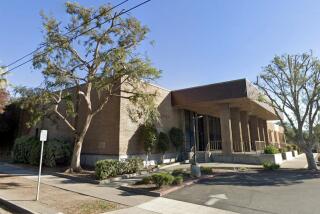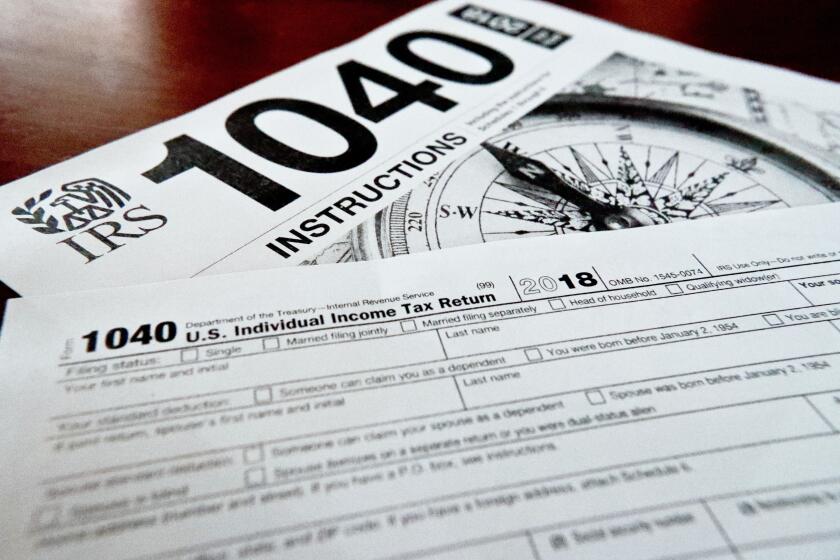Double-Check Your Checks
- Share via
Check fraud is growing. Consumers can combat the problem by protecting their checkbook and bank information as if they were cash. In the hands of a criminal, aided by relatively inexpensive desktop publishing and duplicating technology, they can be used to tap your accounts. here are some ways to avoid becoming a victim:
Common Types of Check Fraud
* Forged signatures--legitimate blank checks with an imitation of the payor signature.
* Forged endorsements--often involving theft of a valid check, which is then endorsed and cashed or deposited by someone other than the payee
* Counterfeit checks--the fastest-growing source of fraudulent checks, due to advances in color copying and desktop publishing capabilities.
* Altered checks--defined as valid check stock with certain information, such as the payee or written amount, changed to benefit the perpetrator.
* Check kiting--the process of depositing a check from one bank into a second bank without sufficient funds to cover it, then taking advantage of the conditional credits offered by the second bank to write a check for deposit back to the first bank to cover the original check.
Here are some tips to avoid check fraud
* Make sure your checks are endorsed by your financial institution and incorporate security features that help combat counterfeiting and alteration.
* Store your checks, deposit slips, bank statements and canceled checks in a secure and location. Never leave your checkbook in your vehicle or in the open.
* Reconcile your bank statement within 30 days of receipt in order to detect any irregularities. Otherwise, you may become liable for any losses due to check fraud.
* Never give your account number to people you do not know, especially over the telephone.
* Unless needed for tax purpose, destroy old canceled checks, account statements, deposit tickets, ATM receipts.
* When you receive your check order, make sure all of the checks are there, and that none are missing. Report missing checks to your bank at once.
* Look closely, because thieves will sometimes take only one or two checks from the middle or back of the book.
* The longer it takes to detect any of your checks have been taken, the more time the criminal has to use them successfully.
* If someone pays you with a cashier’s check, have them accompany you to the bank to cash it.
* Do not mail bills from your mailbox at night. It is a favorite location from which a criminal can gain possession of your check.
* The Post Office is the best location from which to send your bill payment.
* Limit the amount of personal information on your check. For example, do not include your Social Security, driver’s license or telephone numbers on your check.
* Don’t leave blank spaces on the payee and amount lines.
Signs of a bad check:
* The check lacks perforations.
* The check number is either missing or does not change.
* The check number is low (like 101 up to 400) on personal checks or (like 1001 up to 1500) on business checks.
* The type of font used to print the customer’s name looks visibly different from the font used to print the address.
* Additions to the check (i.e. phone numbers) have been written by hand.
* The customer’s address is missing.
* The address of the bank is missing.
* There are stains or discolorations on the check possibly caused by erasures or alterations.
* The numbers printed along the bottoms of the check (called Magnetic Ink Character Recognition, or MICR, coding) is shiny. Real magnetic ink is dull and non glossy in appearance.
Source: Federal Trade Commission; Times reports
More to Read
Inside the business of entertainment
The Wide Shot brings you news, analysis and insights on everything from streaming wars to production — and what it all means for the future.
You may occasionally receive promotional content from the Los Angeles Times.









